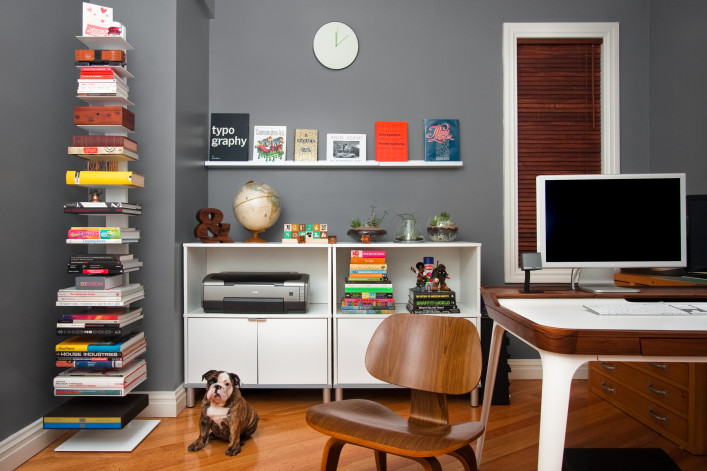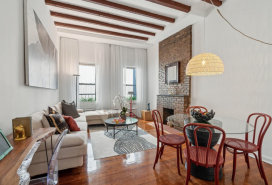Avoid these 6 mistakes when decorating your first apartment

You’ve done it! You’ve landed your first New York City apartment, and you’ve got ambitions to turn your 200-square-foot studio into a luxurious oasis, artfully designed, Instagram-ready, with carefully curated knick-knacks that speak to your personality and your aesthetic.
But not so fast: Before you go crazy in-store or online, you need to make sure you don’t commit the sins of many first-time decorators. After reading some crucial advice on starter-home decorating from My First Apartment, we here at Brick realized that after many collective years of NYC living under our belts, and talking to numerous experts, we have wisdom to impart as well.
Below, advice from our editors and contributors about what mistakes to avoid when decorating your first place.
1. You don’t have a budget (or stick to it)
My First Apartment pointed out that not having a budget (or sticking to it) is disastrous for a number of reasons, and that most times, your budget for decorating should be equal to a month’s rent. We agree. If you don’t have a big budget, try shopping around sites like Craigslist, AptDeco, Cherish, and Move Loot to find used or discounted pieces. And we're not above dumpster diving in the Upper East Side on trash day. (Just be sure they don't have bedbugs.)
2. You buy an item for a specific, hard-to-fill space
Trust us on this one. You might find a monster of a sofa that fits perfectly in your living room, but when you move, you can’t even get that bad boy through the door (the editors speak from experience on this one). While it’s ultra-satisfying to have a piece of furniture fit into a nook just so, think of all of the places you’ll likely live over the next few years. Try to find things that compliment the space but could fit well in your next pad, too.
3. You purchase new furniture in one fell swoop
It may sound like the least amount of hassle to just hit up one store and snatch up an entire "bedroom set," but unless you want your apartment to look like furniture circulars sandwiched between sections of the Sunday New York Times, it’s best to furnish your home a few pieces at a time. It takes a village (of shopping sources) to raise a beautifully decorated apartment. Plus, you want to be surrounded by pieces you love, not just utilitarian space-fillers.
4. You buy the furniture before you move
One of our editors was so excited to move into her place that she bought tons of furniture—before moving in. Once the vans finally arrived at her new place and items were unloaded, she found that the vibe was off. As giddy as you may be to decorate, take a step back and get a feel for the space before you go all out. We've found that suffering through a few early days of not having a kitchen table are ultimately worth it, so we could find the perfect kitchen table that would not only fit in the current space, but translate to other apartments down the road.
5. You splurge for nice things (if you have roommates)
One disgruntled editor said it’s not worth buying nice appliances or a fancy couch if you have roommates, since many of them tend to be less than respectful with communal space (hey, it’s not their money!). Her roommates used and abused her SodaStream, leaving it in disrepair. That’s not to say you can’t inject your sense of style into the apartment, but try finding a budget version that you won’t mind leaving behind when you upgrade in a few years.
6. You don’t use technology to make your life easier
In these modern times, there are a whole host of apps that do a lot of the design legwork for you, from digitally measuring a room via RoomScan or see how furniture may look in your apartment via FurnishUp. And for those who aren't visual planners, being able to see how an item might look in a room is a total game-changer.
Related:


























